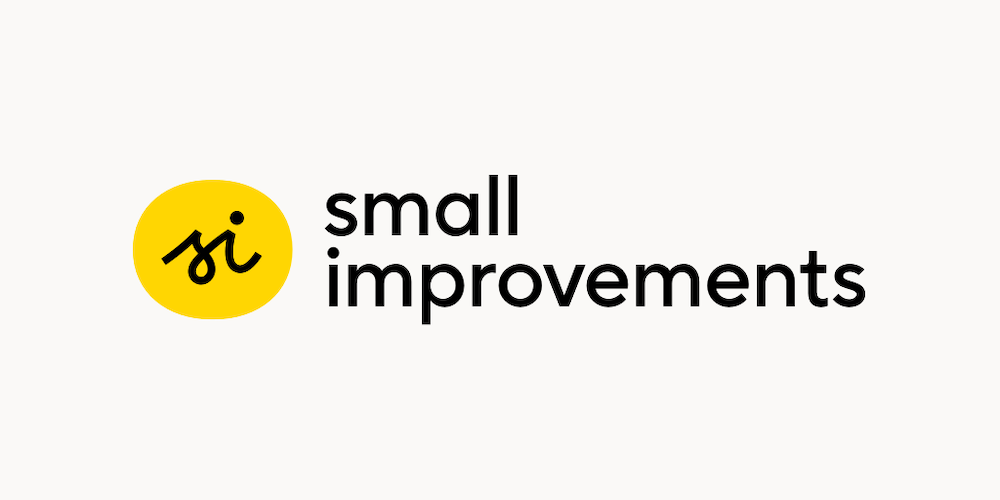[cs_gb id=12418]
Organizations around the world carry out annual performance reviews, though many employees perceive it as a compliance-oriented and unfair process. But what employees tend to dread doesn’t have to be an ordeal. Here are 5 tips on how to help humanize the process.
Increase frequency of performance discussions
Performance happens in every hour of every day. As an employee, getting feedback on what you’re doing and how you’re doing it needs to happen regularly. Employees want to do good work and they need reinforcement regularly to do it. The right frequency will depend on your organization and the person involved. Monthly, weekly, or daily could all be right answers. These frequent 1:1 meetings are investments in the relationship with the employee. The performance discussion should accomplish three things:
- Review progress against agreed-upon goals and objectives.
- Check the alignment between employee and manager expectations.
- Facilitate two-way feedback about what’s working and where things can be improved.
Create shared ownership with employees
Relationships need to be reciprocal in order to be healthy and functional. When processes or conversations feel one-sided, the relationship suffers. Traditional performance appraisals were designed as one-way communication to the employee about their performance. To foster a relationship, the performance review needs to be a conversation with shared ownership between the employee and the manager. Your performance process can be designed with some simple steps to facilitate this:
- Give the employee the responsibility for initiating the performance review process by scheduling the conversation or sending the request.
- Ask the employee and manager to prepare notes in advance of the conversation simultaneously — ideally answering the same questions. For example, “What are your most significant accomplishments since we last met?”
- Ask employees to write a summary of the conversation and any agreements or decisions that were made to share with the manager for comments.
Include a broader performance perspective
As a manager, it’s important to recognize that you don’t have the whole picture of any individual employee’s performance. If you are fortunate enough to have the benefit of an online employee performance platform, you can review all of the activity associated with an employee as you prepare for a performance conversation, including peer feedback or recognition that has been captured. Regardless of the tools you have, it’s important to not only hear the employee’s perspective of their own performance but also to collect feedback from those who they work closely with. Simple, non-threatening questions can be highly effective. For example, “How have you seen Sally impact our team’s performance?” or, “How could you see Sally having a bigger impact in the future?”
Focus on coaching for future performance
One of the main reasons employees hate performance reviews is the focus (intentional or otherwise) on what didn’t go well or where there are “opportunities for improvement.” In healthy relationships, we hold each other in positive regard, meaning we quickly move beyond failures because we assume positive intentions. This helps us focus our conversation on how we can find increased success in the future. The questions move from, “Why did you come up short?” to, “What did we learn and how we can use that in the future?”
We hope you found Jason Lauritsen’s tips useful. For more insights on building healthy work relationships and feedback cultures, download the free guide, Human-Friendly Performance Management.


